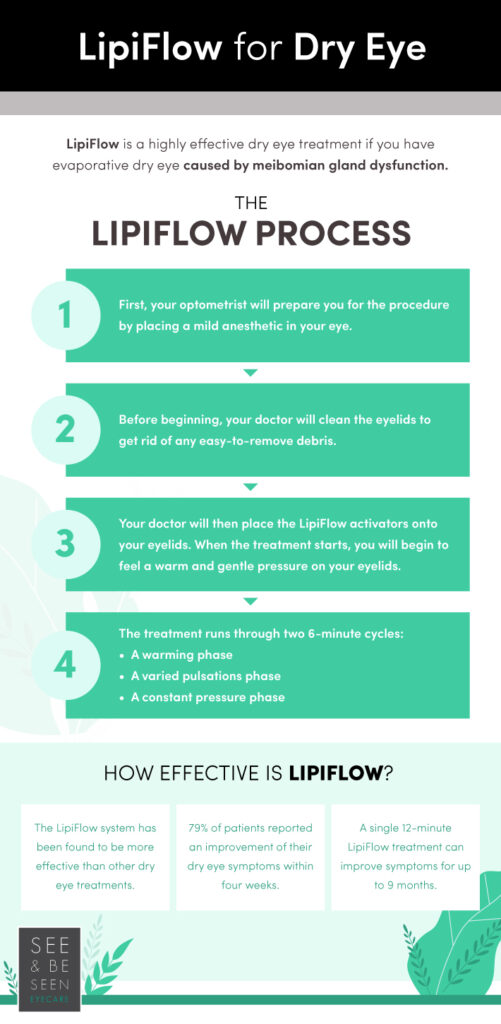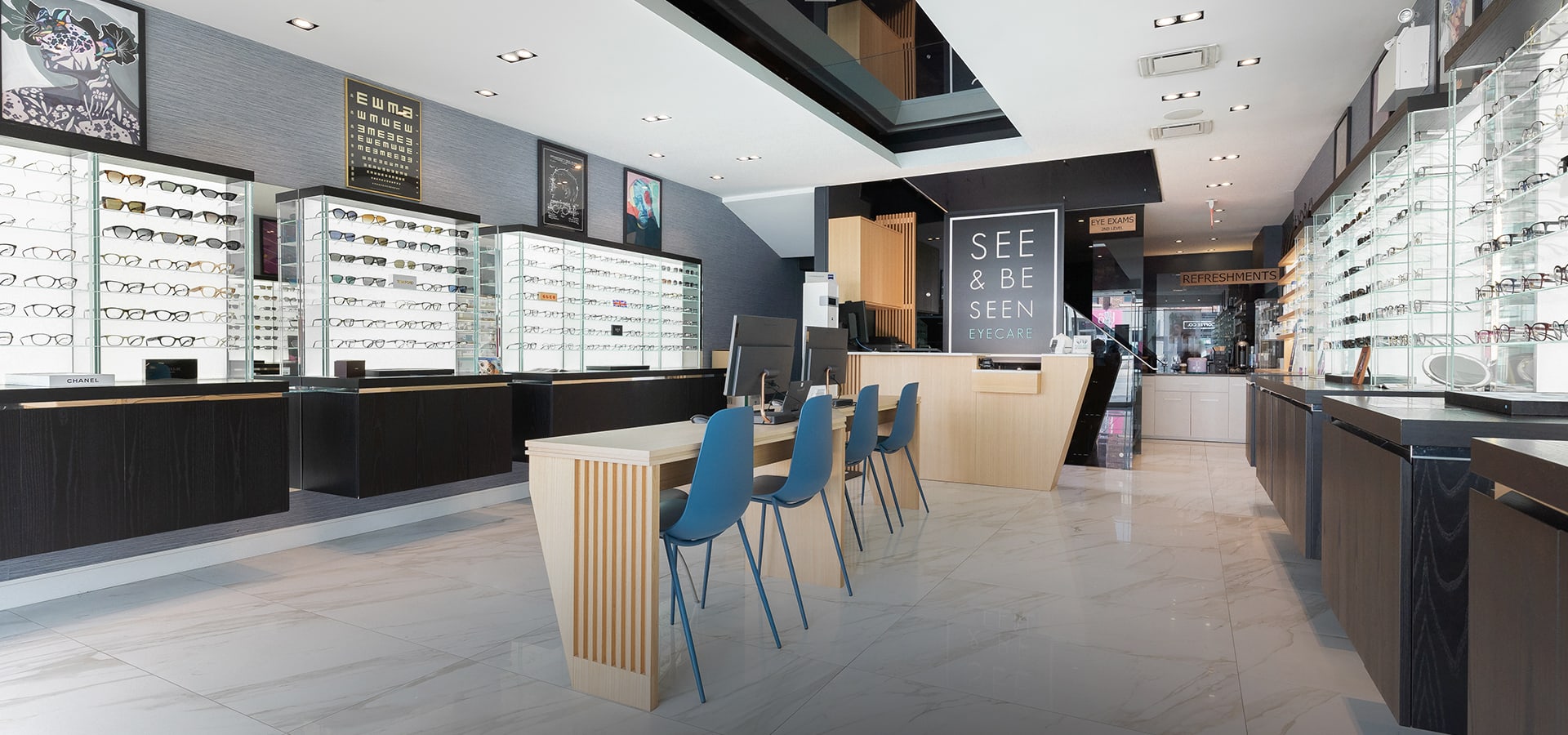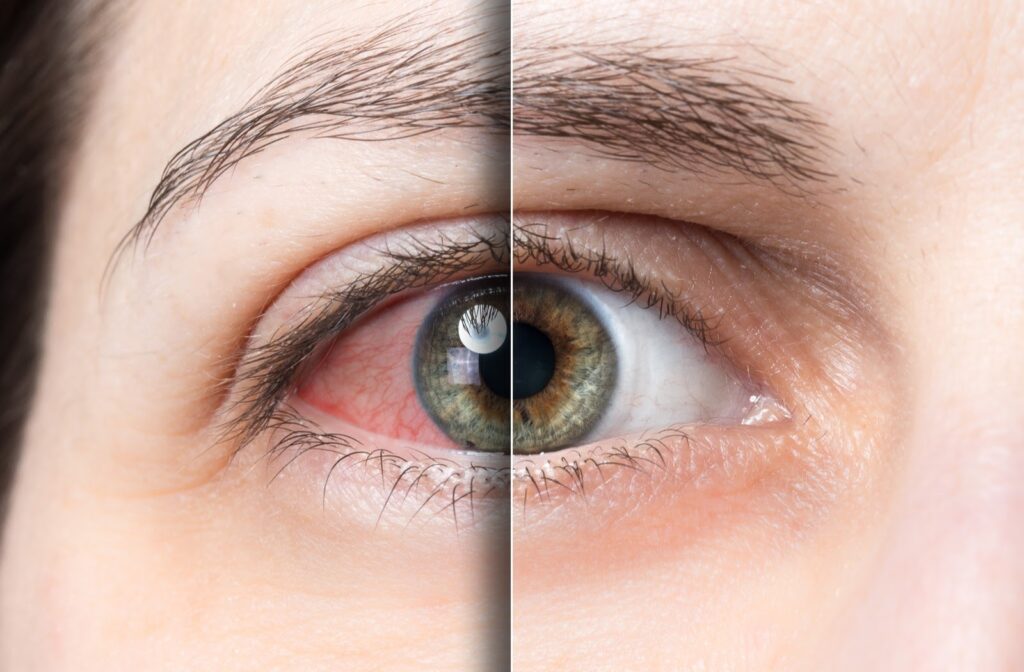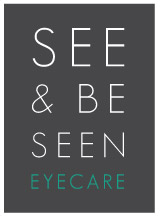Dry eye disease is a common eye condition that can leave your eyes feeling dry, irritated, and sensitive. Unfortunately, roughly 22% of Ontarians have reported experiencing dry eye symptoms at some point in their lives.
If you’re one of the many Ontarians that have felt the effects of dry eye disease, you’ve probably looked into most of the treatment options available to you. If so, you may have come across LipiFlow.
LipiFlow, also known as LipiFlow Thermal Pulsation System, is a specialized treatment designed to treat dry eye disease by removing any blockages in the oil glands in the eye. If you suffer from dry eye disease related to meibomian gland dysfunction (MGD), LipiFlow can offer you relief by treating the root cause of the problem.
If you’re still wondering whether LipiFLow is the right treatment for you, keep reading to learn more about MGD-related dry eye disease and how LipiFlow can effectively help manage your symptoms.
Understanding Dry Eye Disease
What exactly is dry eye disease? And how does it affect you?
Dry eye disease is a common eye condition that occurs when there is an inconsistency in your tears, stopping your eyes from being moist enough to function correctly. Your tears are made up of three components, including:
- An oily layer produced in your meibomian glands
- A watery (aqueous) layer produced in your lacrimal glands
- A mucous layer produced in the conjunctiva of your eye
Although there are two main types of dry eye disease, LipiFlow is only effective in treating evaporative dry eye (EDE) caused by MGD.
Evaporative Dry Eye & Meibomian Gland Dysfunction
EDE occurs when your tears evaporate too quickly to keep your eyes moist. This usually happens when there is an issue in the meibomian glands. For example, the meibomian glands can become blocked, resulting in your eyes not producing enough of the oily component of your tears.
Symptoms & Risk Factors
To receive the appropriate treatment for your dry eye symptoms, you should book an appointment with your optometrist. Your optometrist will perform an eye exam and recommend treatments based on your symptoms and any risk factors you’re facing.
Symptoms to Look Out For
Common symptoms of EDE include:
- A burning or scratchy sensation in your eyes
- Vision problems, including blurriness
- Feeling like something is “stuck” in your eyes
- Excessive mucus or water in or around your eyes
- Sensitivity to light or photophobia
- Difficulty wearing contact lenses
Risk Factors
There are certain risk factors that can increase your chances of developing dry eye disease. The risks factors that can contribute to the condition may include:
- Gender: Women suffer from dry eye syndrome more often than men
- Age: You are more likely to experience dry eye syndrome if you are over 50
- Smoking: Smoking has been linked to many eye conditions, including dry eye syndrome
- Body fat: A high percentage of body fat has been linked to dry eye syndrome

How Does LipiFlow Work?
Lipiflow is an effective treatment for EDE because it focuses on combatting the issue of dry eye disease right at the source.
To treat your dry eye disease and resume the normal function of your tears, LipiFlow delivers gentle warmth and pressure through an applicator to help break down any blockages in the meibomian glands. Once these glands are producing the proper oils needed to keep your tears from evaporating, you’ll notice the symptoms of your dry eyes lessening.
What to Expect During a Lipiflow Treatment
Before getting a LipFlow treatment, you should know how to prepare for the procedure and what to expect.
To prepare for your appointment, we ask that you avoid using eye drops and any skincare products for 24 hours before your treatment.
Once your optometrist is ready to begin the procedure, they will clean your eyelids and place the LipiFlow eyeshields onto your eyelids.
The treatment will run through two 6-minute cycles to ensure the proper removal of blockages from the glands. During the procedure, you may feel gentle warmth and pressure on your eyelids.
One cycle of Lipiflow includes:
- A warming phase
- A varied pulsations phase
- A constant pressure phase
After you receive your treatment, you can expect to see results in 4-6 weeks.

How Effective is LipiFlow?
If you suffer from dry eye disease caused by MGD, LipiFlow is a highly effective treatment.
Multiple studies have found that the LipiFlow treatment is more effective than other dry eye treatments. This is likely due to the fact that LipiFlow treats dry eye at the source instead of just treating the symptoms.
Research has suggested that just one session of LipiFlow was highly effective in reducing dry eye symptoms, with just one 12‑minute treatment improving symptoms for up to 9 months. Additionally, 79% of patients who had the LipiFlow treatment reported improved dry eye symptoms within four weeks.
If you have any questions about whether or not LipiFlow is the right procedure for you, contact us at See & Be Seen Eyecare today!





